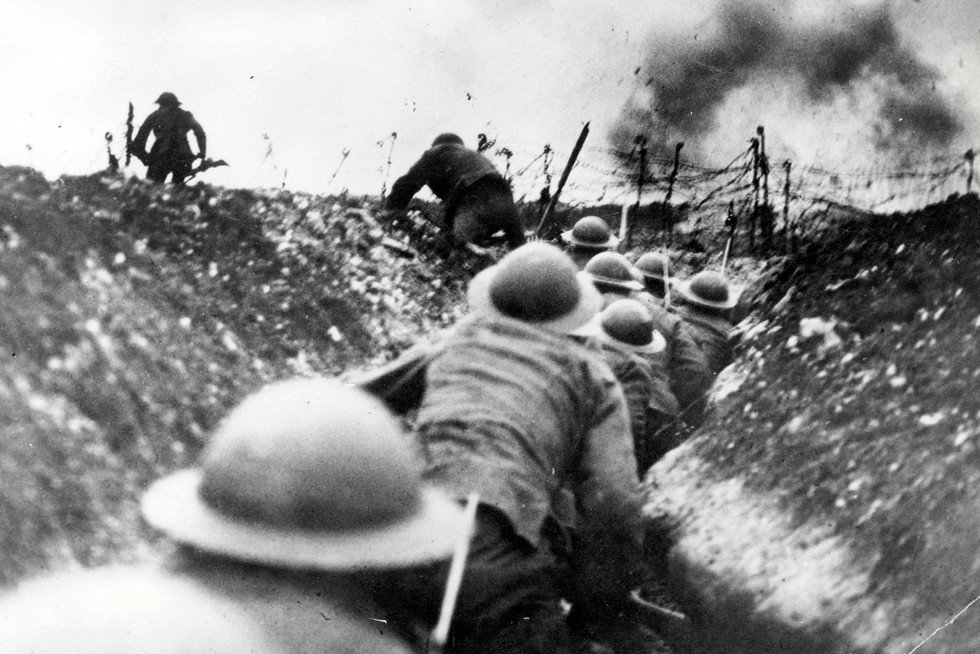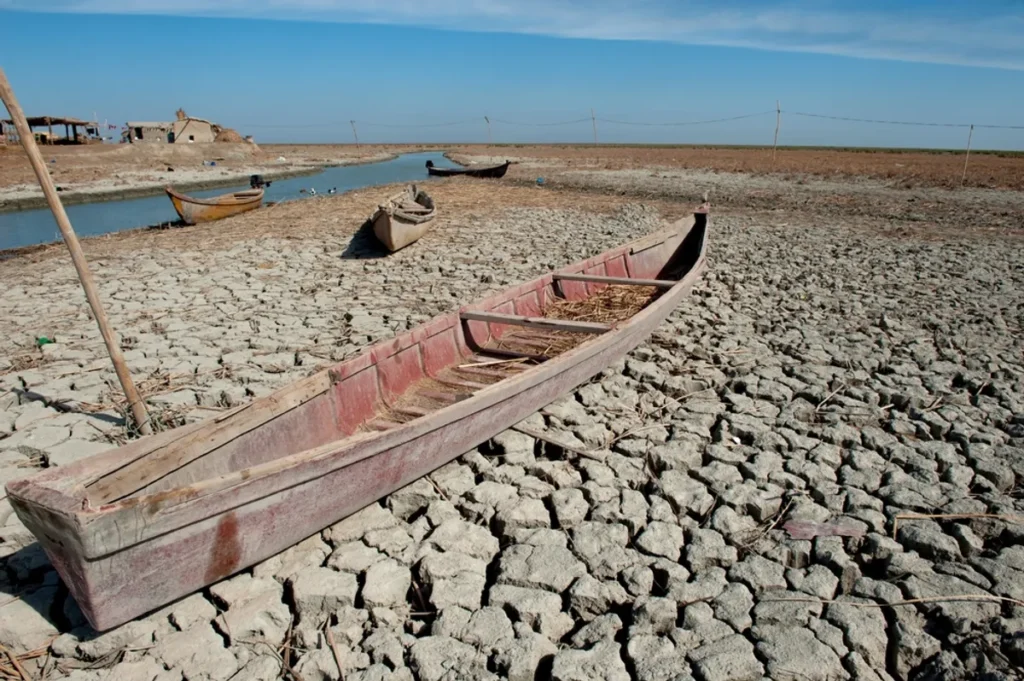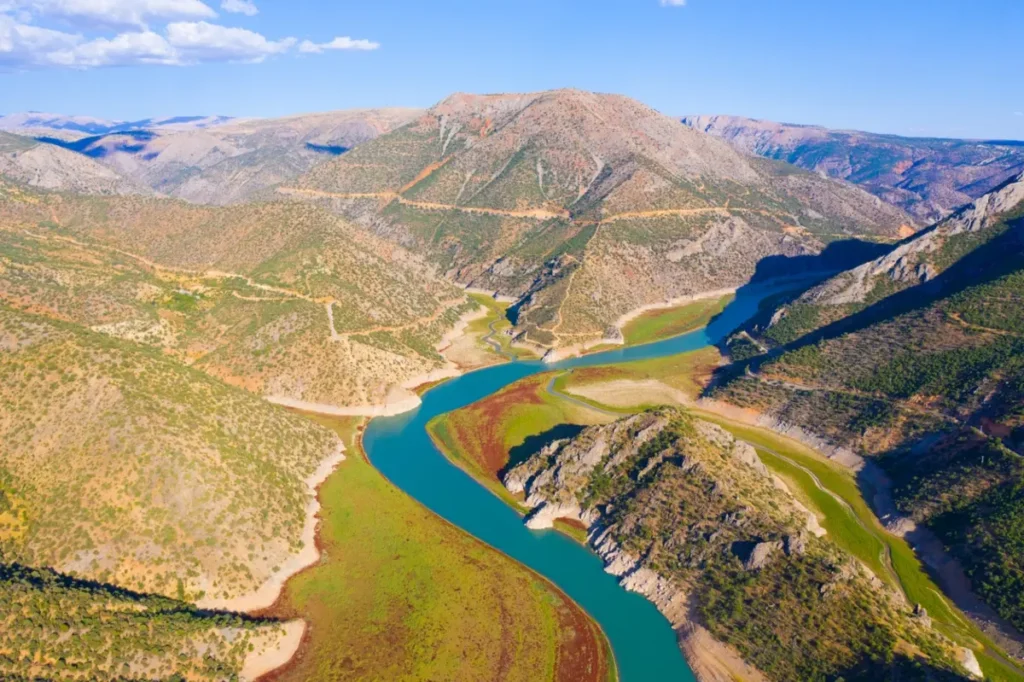
1.A Brief Overview of World War 1
World War 1, also known as the Great War, was a conflict that consumed the majority of the globe with leading powers divided into two opposing alliances: the Central Powers and the Allies. The war was ignited due to a complex web of international treaties and geopolitical flexing, but the catalyst was the assassination of Archduke Franz Ferdinand of Austria-Hungary.
Its commencement in 1914 marked the dawn of a new era. The four-year struggle was characterized by trench warfare and the first use of chemical weapons, claiming over 16 million lives marking it one of the deadliest conflicts in human history. It fundamentally reshaped the political landscape of Europe and the Middle East and set the stage for the subsequent geopolitical conflicts in the 20th century, notably World War II. The war ended in 1918 with the signing of several peace treaties, most notable among them being the Treaty of Versailles.
II. Causes of World War 1
2.A The Assassination of Archduke Ferdinanda
The spark that ignited the already volatile mix of international tensions leading to World War One was the brutal assassination of Archduke Franz Ferdinand of Austria-Hungary alongside his wife, Sophie, on June 28, 1914. The person responsible was Gavrilo Princip, a member of the Serbian nationalist organization, Black Hand. This event led Austria-Hungary to declare war on Serbia, triggering an intricate alliance system all across Europe.
The assassination of the heir to the Austro-Hungarian Empire became the lynchpin that set off a domino effect. Austria-Hungary’s actions set in motion a series of military alliances that entangled several European powers, ultimately leading to the outbreak of what came to be known as the Great War. Ultimately, the assassination highlighted the precarious balance of power in Europe and its imperial interests, thus underpinning the complexity of World War One’s causes.
2.B Nationalism and Imperialism
The burgeoning pride and sense of identity among various European nations, primarily termed as Nationalism, played a significant role in igniting the flame of World War I. Simultaneously, it was strengthened by Imperialism, as various powerful nations strived to expand their territories and influence.
Countries like Britain and France had amassed vast empires and Germany sought a similar global presence, leading to friction and a contest for power. This competition propagated the desire for supremacy and dominance, with all nations wanting to establish their influence globally, intensifying the tensions that would eventually lead to the Great War.
2.C The Arms Race
Tensions across Europe heightened significantly in the years leading up to World War I, partially due to the escalating arms race. Expanding military power and ambition became a defining characteristic among the world’s superpowers. With the industrial revolution in full effect, nations like Britain, Germany, and Russia amassed huge military arsenals and increased their naval forces.
This build-up of arms created an environment of mutual distrust and fear, with every nation on edge, ready to defend at a moment’s notice. Thus, the arms race significantly escalated the political unrest and laid a fertile ground for conflict, contributing to the start of World War I.
III. Major Battles and Events
3.A The Battle of the Marne
The Battle of the Marne, which took place in early September 1914, marked a pivotal moment in the initial stages of World War I. German forces were advancing rapidly towards Paris following the implementation of the Schlieffen Plan, a strategic move designed for a swift victory. Concerned about the imminent danger, Allied Forces, mainly French and British, launched a counteroffensive near the Marne River.
After six days of intense fighting, the Germans were pushed back approximately 50 miles from Paris, a substantial setback to their plans. Besides preventing the fall of Paris, this battle demonstrated the stubborn stamina of both sides, foreshadowing the drawn-out trench warfare which would become the grim hallmark of the conflict. The Battle of the Marne signaled the failure of the Schlieffen Plan and set the tone for the grueling war of attrition that defined World War I.
3.B The Battle of Verdun
The Battle of Verdun, commenced on February 21, 1916, and turned out to be one of the longest and bloodiest engagements of World War I. Predominantly a Franco-German conflict, it was fought with the strategic aim of bleeding the French army white. German commander, General Falkenhayn, rather than seeking territorial gains, wished to erode the French morale and resources. The aggressive conflict saw an estimated 700,000 casualties from both sides.
The high-intensity bombardments and the rigid trench warfare left an indelible impact on the soldiers arrayed around the historic French city of Verdun. With a ten-month-long battle endurance, the French emerged victorious, albeit with heavy casualties. While Verdun did break the case, it also significantly swayed the course of the war, leaning towards the Allied powers and marking a military and psychological turning point in the First World War.
3.C The Sinking of the Lusitania
The Lusitania, a British ocean liner, met with a tragic end on May 7, 1915, significantly shifting global sentiments towards World War 1. It was torpedoed by a German U-boat off the coast of Ireland, causing a massive explosion that sank the ship in just 18 minutes. What heightened the outrage of this incident was the colossal loss of civilian life – of the 1,962 passengers and crew aboard, 1,198 lost their lives.
Among the victims were 128 Americans, which provoked considerable indignation in the U.S. and marked a turning point in American opinion, setting the stage for their entry into the war. The sinking of the Lusitania, depicted by Germany as a necessary act of war and by others as a horrifying massacre, underscored the brutal human toll of maritime warfare and served as a pivotal event in thrusting the world towards total war.
IV. Key Figures of World War 1
4.A Kaiser Wilhelm II
Kaiser Wilhelm II was a prominent figure in World War 1, serving as Germany’s last emperor (Kaiser) from 1888 until he was compelled to abdicate in 1918. His policies, notably his expansionist goals and arms race with Britain, coupled with his reckless diplomacy, were key triggers for the outbreak of conflict.
He failed to manage the crisis associated with the assassination of Archduke Franz Ferdinand which led to the commencement of the war. During the war, his influence dwindled, and in 1918 when Germany faced an inevitable loss, popular pressure and political unrest forced him to step down and flee to the Netherlands.
4.B Franz Joseph I
Franz Joseph I, Emperor of Austria and King of Hungary, was a significant figure during World War 1. He came to power in 1848 and ruled until his death in 1916. Despite his efforts to maintain peace, the assassination of his nephew Franz Ferdinand in 1914 sparked the outbreak of the war.
His leadership during this tumultuous period was marked by military defeats and nationalistic conflicts. As the Monarch of the Austro-Hungarian Empire, his decisions had profound impacts on the course of the war, and his death left a power vacuum that contributed to the eventual collapse of the empire post-war.
4.C Woodrow Wilson
Woodrow Wilson, the United States’ 28th president, played a crucial part during and after World War I. Although initially advocating neutrality, Wilson was driven to lead the U.S. into the conflict in 1917 due to relentless submarine warfare by Germany. He is fondly remembered for his Fourteen Points that laid out a vision for global peace and security post-war.
Most notably, this included the establishment of a League of Nations, a precursor to today’s United Nations. However, though lauded internationally, Wilson’s progressive internationalist policies faced considerable opposition at home, drastically impacting the role the U.S. played in global affairs post-war.
V. Consequences and Impact of World War 1
5.A The Treaty of Versailles
The Treaty of Versailles, signed on June 28, 1919, marked the conclusion of World War 1. Regarded as a primary repercussion of the conflict, the treaty was designed to maintain international peace, but resulted in significant geopolitical shifts. Germany was held chiefly responsible for the war’s devastation and was subjected to severe sanctions.
These ranged from territorial surrender, disarmament, to massive reparations payments, which escalated economic difficulties and created a resentment among Germans. This discontent went on to facilitate the rise of Adolf Hitler and set the stage for World War 2, making it evident that the peace treaty had long-term, unintended consequences.
5.B Long Term Impacts on Society
World War 1 irrevocably altered the social landscape around the globe. Nations in Europe, ravaged in the aftermath, witnessed demographic shifts as a whole generation of men were wiped out. The enormous loss of life led to a drastic decrease in the male population, causing a ‘lost generation’ phenomenon.
Women began to fill roles traditionally occupied by men, sparking a slow but steady change in gender roles. The displacement of people and the resultant refugee crisis had profound implications, hastening migration patterns and influencing national identities. Additionally, deadly diseases, such as the 1918 influenza pandemic, spread in the war’s wake, causing secondary waves of mortality.



